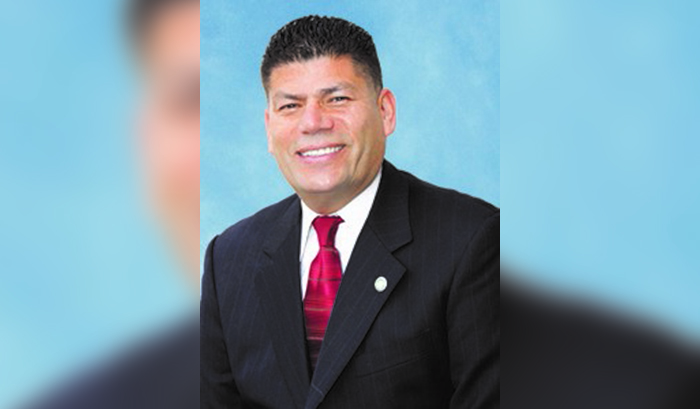Second in a series
Re “LaRose and Reynolds Step Beyond the Debate Over the Cost of Measure CC”
[img]1456|right|Dave LaRose||no_popup[/img]A fascinating question infusing Measure CC on the June 3 ballot is whether the School District has lost momentum in its ceaseless bond issue campaign since last July 1, the infamous night former School Board member Karlo Silbiger abruptly, and almost singlehandedly, halted the first attempt to pass a bond.
“If you had interviewed me within the first 48 hours,” Supt. Dave LaRose candidly admitted for the first time, “I might have been pouting and sulking, privately.
“But we are in a much better place today – for a lot of different reasons. Some things we said we intended to do during the process, we actually have done,” he said while holding up one accomplishment, glossy, 28-page “Facilities Master Plan” booklet that will serve as the School District’s New and Old Testaments while the repairs are enacted between now and 2026.
Mr. LaRose and his fulltime administrative partner, Mike Reynolds, assistant superintendent for business, have been constant visitors to the District’s campuses the past year and a half. They don’t do consultants or deputies. Hands-on, they are. They are the Lone Ranger and the Lone Ranger.
They are not the Lone Ranger and Tonto.
On a regular basis, they have been closely eyeballing what’s broke, what is rusting, what is outdated, what is unavailable.
Both are relatively new to the District, rounding off their second years.
[img]1705|right|Mike Reynolds||no_popup[/img]They are not your pedestrian administrators, one of the unique aspect of their now-16-month campaign to pass a facilities-repairs bond issue. Every morning, they muster infectious student-level enthusiasm for their work, which has excited teachers and parents accustomed to less exciting administrators.
“Mike and I wanted to quantify the problems,” Mr. LaRose said. “Bring in a team and assess it, take a look at it. Let’s start the conversation there.”
“One of the things Mike and I wanted to do,” said Mr. LaRose, “is this: You could walk around and you could have an initial individual instinct of the facilities. You would have plenty of anecdotal feedback from students and parents. You could go to a sporting event and find out whether certain lights worked, if the turf was safe, if the floor needed to be redone.
(To be continued)






